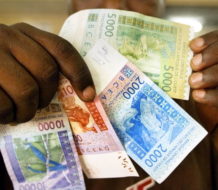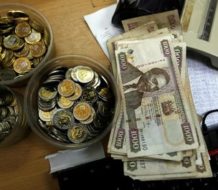LUANDA (Reuters) – Angola has halved its 2016 economic growth forecast and slashed government spending as lower oil prices hammer state revenues in Africa’s largest crude exporter, the finance ministry said on Monday.
Sub-Saharan Africa’s third-largest economy will grow 1.3 percent this year, compared with a previous forecast of 3.3 percent, the finance ministry said in a statement.
Government spending will be cut to $24 billion from $30 billion projected in the original 2016 budget as revenues were also slashed to $18 billion from $24.4 billion.
The statement, a rare disclosure by one of Africa’s most secretive states, said Luanda had borrowed $11.46 billion between November 2015 and June 2016, including $5 billion from the China Development Bank and $2 billion from other state-backed Chinese lenders.
Total government debt stood at $47.9 billion, including $25.5 billion in external loans, it added, although this figure does not include debt held by state-owned companies such as domestic oil firm Sonangol.
Cuts to public services have already had a major impact on the former Portuguese colony, with piles of uncollected rubbish lying rotting in the streets of the capital, in the shadow of half-finished concrete office blocks and shopping complexes.
Health experts say the spending reductions are partly to blame for a yellow fever outbreak that started in one of Luanda’s vast slums in December and which has spread throughout the country and as far afield as China.
The finance ministry confirmed it had ended emergency financing talks with the International Monetary Fund (IMF) because it had achieved “great fiscal equilibrium”.
However, it said it was still committed to a structural overhaul of an economy that remains perilously reliant on oil.
The finance ministry has cut its budgetary oil price assumption to $41 a barrel, from $45 previously. Crude oil output remains steady at 1.77 million barrels per day, it said.
(Writing by Joe Brock; Editing by Ed Cropley)




